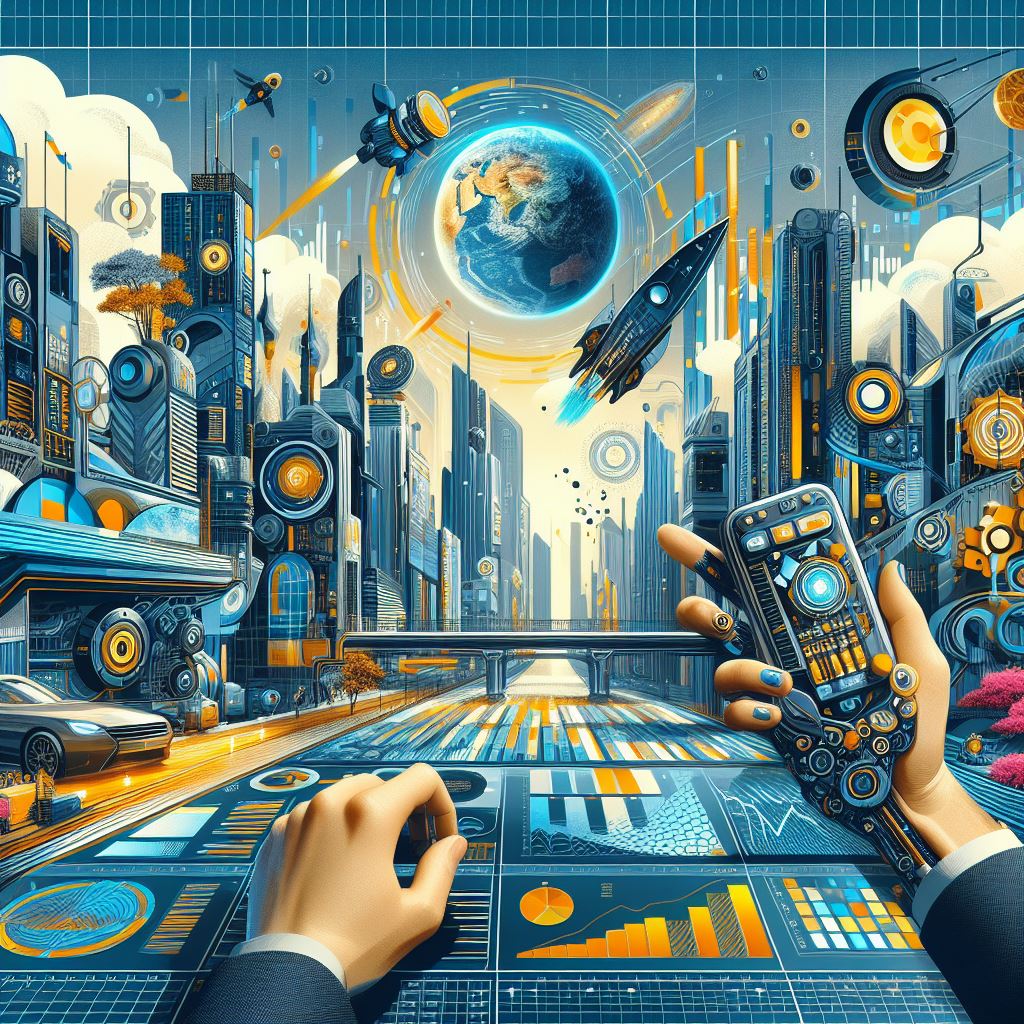Logo design has been a crucial part of brand identity since the very inception of the concept of branding. From its traditional roots to the modern trends of today, logo design has evolved to reflect changes in culture, technology, and design aesthetics.
In traditional logo design, simplicity was a key factor. Logos were often comprised of a simple, recognizable symbol or word mark that would represent the company’s identity. These logos were often created to be easily replicated in various mediums, such as print, signage, and more.
As technology advanced, so did the design of logos. With the advent of computers and graphic design software, logos became more detailed and intricate. Companies began to experiment with more complex designs, using a variety of colors and intricate patterns.
However, as the digital age took over, logos began to shift towards a more minimalistic design. The rise of social media and mobile devices meant that logos had to be adaptable to different screen sizes and resolutions. This led to the birth of flat design, a style that focuses on simplicity and minimalism. Logos became more streamlined and focused on bold typography and simple shapes.
Today, modern trends in logo design include a focus on versatility and adaptability. Logos need to look good on all platforms, from social media to packaging and more. In addition, there is also a focus on storytelling and creating a connection with the audience through the logo. This has led to the rise of logos with hidden meanings and symbols that reflect the company’s values and mission.
Another trend in modern logo design is the use of animation and dynamic logos. With the rise of video content and social media, companies are looking for ways to make their logos stand out and engage the audience. Animated logos allow for more creativity and can add an extra layer of depth to a brand’s identity.
The evolution of logo design reflects the changes in design trends, technology, and consumer behavior. From traditional simplicity to modern minimalism and interactivity, the evolution of logo design continues to shape the way we perceive and interact with brands. As we move forward, it will be interesting to see how new technologies and design trends will continue to influence the evolution of logo design.



